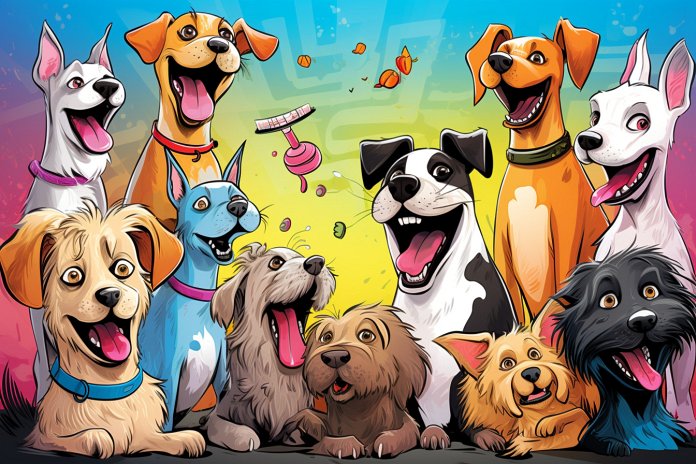
Do you ever talk to your dog and wonder if they understand you? Maybe they can understand what you’re saying and are truly sorry when they do something wrong. Dogs seem to understand us when we say “want a treat,” so maybe they understand us when we insult them too – or maybe we just think they do!
Signs of Dogs Understanding Insults
There have been many studies done to see if dogs can understand humans. The first sign that your dog understands insults is if their ears go down along with their head. They may also give you sad eyes. Dogs understand words they know and the tone of your voice, but they don’t necessarily understand the meaning of the words. They connect the emotion, tone, and your behavior together. If you insult your dog with anger, they will pick up on your frustration and know they did something wrong. Another sign is if your dog cowers in a corner, hides their face, or runs away.
Body Language
Here are some signs that your dog understands you’re angry:
– Staring
– Whining
– Listening
– Cowering
– Ears dropping
– Weakness
Other Signs
Other signs that your dog understands your insults include:
– Barking at you
– Shaking
– Hiding in a corner
– Running away
History of Dogs Understanding Insults
Throughout history, humans have used verbal communication and commands to train dogs. Dogs developed social tolerance and attentiveness, allowing them to form a bond with humans. Dogs can process verbal communication in a similar way to humans, as seen in brain activity studies.
Science Behind Dogs Understanding Insults
Science shows that dogs understand the emotional aspect associated with insults based on tone and body language, not the insult itself. Dogs will never fully understand the words being said to them, but they can understand the emotions behind the words.
How to Get Your Dog to Understand Your Insults
To get your dog to understand insults, start by training them to understand verbal communication. Use assertive signals, a calm tone of voice, and repeat short words often. Be confident and use your body language to control dog movements. This will help the dog understand the words, tone, and body language.
Teaching this from a young age allows the dog to learn what behavior is good and bad. Insults may not be fully understood by a dog, but they can feel the emotion through the tone used. Ultimately, insulting your dog isn’t fun, because they’re all cuties even with a bad haircut.
“Insults may be lost in translation, but dogs can read our emotions loud and clear.”

Tips & Things to Know
1️⃣ Dogs understand our emotions and tone of voice more than the actual words we say. They connect the emotion, tone, and our behavior together to understand what we are trying to communicate.
2️⃣ Signs that your dog understands insults include their ears going down, their head lowering, cowering in a corner, hiding their face, or running away. These signs help owners and dogs connect and understand each other, creating a stronger bond.
3️⃣ To help your dog understand your insults, it is important to start with training them to understand verbal communication. Use assertive signals, a calm tone of voice, and confident body language to teach them the words and their meanings. However, insulting your dog isn’t necessary or fun, as they are always cute even with a bad haircut.
Frequently Asked Questions, Answered ✅
1. How can I tell if my dog understands when I insult them?
Answer: Look for signs such as their ears going down, cowering, or hiding their face, which indicate that your dog understands your insults.
2. Do dogs understand the meaning of the words we say to them?
Answer: Dogs don’t necessarily understand the meaning of the words, but they connect the emotion, tone, and your behavior together to understand what you’re trying to communicate.
3. What are some signs that my dog is upset or understands that I’m angry?
Answer: Signs include staring, whining, cowering, ears dropping, shaking, hiding in a corner, barking at you, or running away.
4. How have dogs developed the ability to understand human communication?
Answer: Dogs developed social tolerance and social attentiveness, which allowed them to form a bond with humans and understand our intentions.
5. Can dogs fully understand the insults we say to them?
Answer: Dogs understand the emotional aspect associated with insults based on tone and body language, but they don’t fully understand the words themselves.